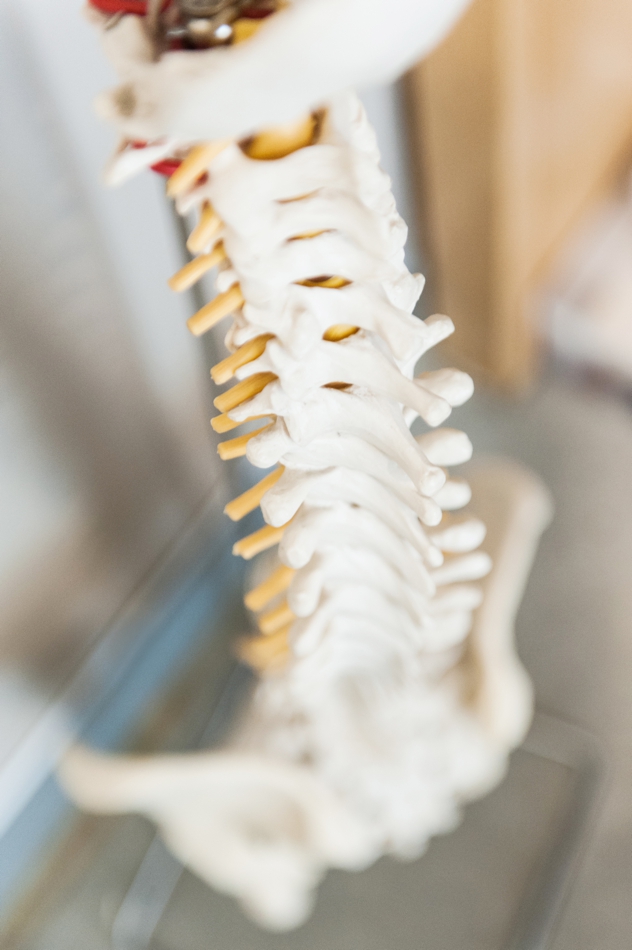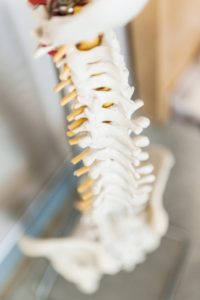
The issue with body alignment

Two words. Alignment; symmetry. As a physiotherapist in Brisbane (a city populated by relatively health conscious people), have discovered that many people are concerned about mal-alignment and asymmetry; the effect body alignment has on overall health.
It appears that several people are under the impression that they come to the physio to be re-aligned so that they might get rid of their pain. Others are concerned about the subtle differences between their left side and their right and the effect that this might have on performance. To some, these may seem like trivial concerns, but I must commend those that are willing to assess whether these differences are pathological.
WHAT IF MY BODY ISN’T SYMMETRICAL?
The truth is, not all of us are symmetrical and there are variations in body alignment from person to person. Sometimes, these differences are purely due to habit. For example, with a dominant hand comes subtle differences in muscle bulk (the key word there being ‘subtle’). It is when these difference cause pain and affect function that there is cause for concern.
HOW CAN A PHYSIO HELP?
The first thing a physical therapist does during an assessment is observe. Often, one may not notice this observation. In other instances, it involves a postural screen that is very obvious to the patient. During each body alignment assessment, we make a note of the qualities that catch our eye immediately such as rounded shoulders, chins that protrude significantly, wasting of muscle bulk, changes in pelvic position and the like.
Then we consider the biomechanics of movement. In the shoulder, for example, we look at the position of the shoulder blade, relative to movement. In the lower limb, we assess the way one walks (gait pattern) to determine the direction of forces that may be affecting your joints. Any abnormalities in biomechanics warrant correction. It is the duty of one’s physiotherapist to determine the best form of treatment, be it strengthening, manual therapy or referral to another health professional.
WHAT ISSUES OCCUR IF MY BODY ALIGNMent is Poor?
Alignment is a more difficult subject as it has a different meaning from one person to the next. Postural mal-alignment is often assessed as shown above and corrected through stretching, exercise or correction of ergonomic factors. In the spine however, health professionals take alignment issues such as a scoliosis very seriously. Such spinal curvatures may be present at birth or develop insidiously later in life.
HOW CAN A PHYSIO HELP?
Physiotherapy can assist in relieving pain and stiffness, which in turn means that surgical treatment, is unnecessary. However, a progressive scoliosis where the curvature of the spine worsens over time usually requires surgical intervention to prevent serious injury to vital organs and nerves. Despite the serious nature of spinal mal-alignment, the word is mis-used frequently to describe general joint dysfunction which can occur due to tightness in musculature or disc pathologies.
Such injuries do not directly affect the curvature of the spine and should therefore not be classed as alignment issues. Your physiotherapist is able to perform a thorough assessment of your body. This will include general observation and palpation of your tissues as well as strength and length tests of your muscles. Where spinal mal-alignment is suspected, a plain x-ray will be required to confirm a diagnosis.
My advice to the general public is to seek advice from your health professional in the event that you have concerns regarding your alignment and symmetry. Your exercise physio is the best person to confirm if there is cause for concern and manage this condition accordingly.
To make an appointment with one of our physio Brisbane experts, call us on 07 3352 5116 or book online. Located in North Brisbane, we have been looking after the local residents for 10 years.
Updated 27/07/2022



